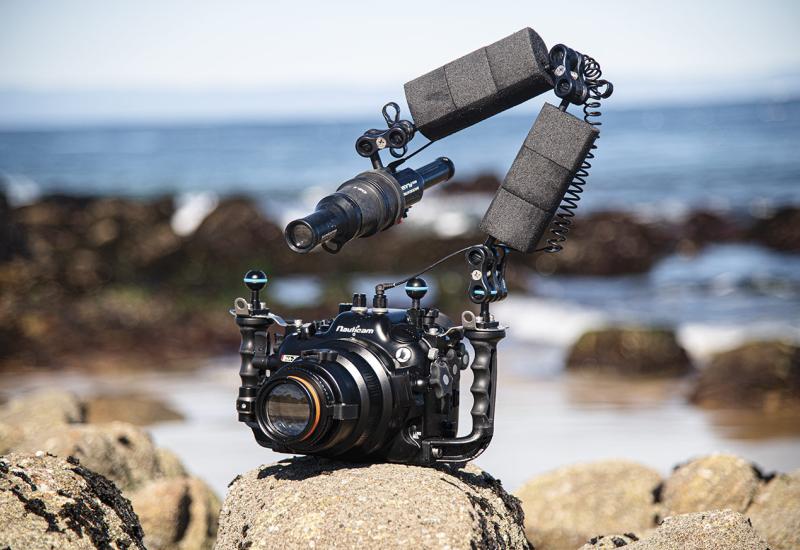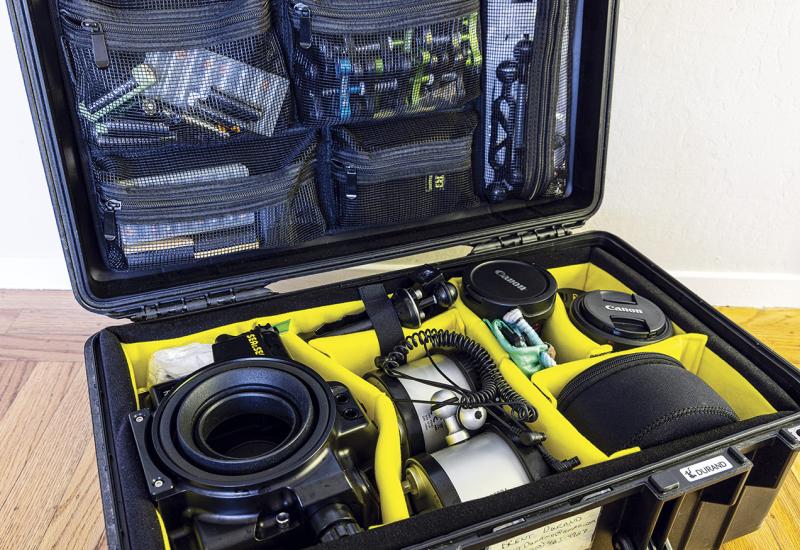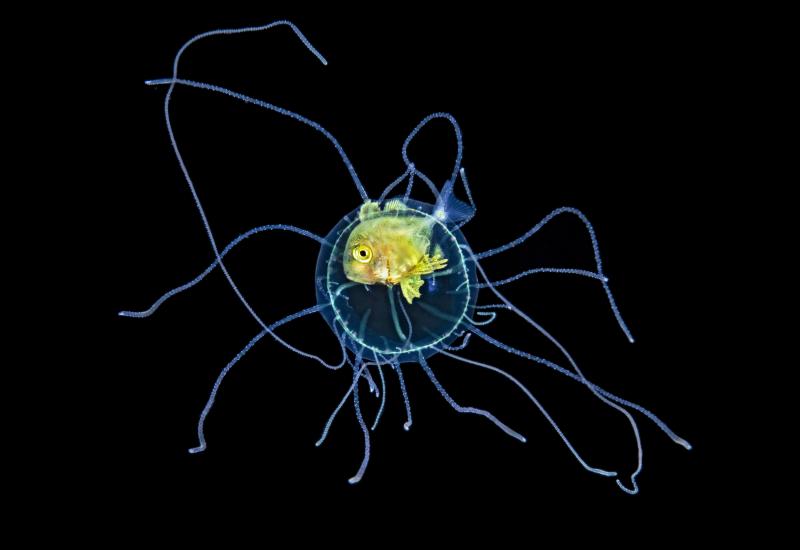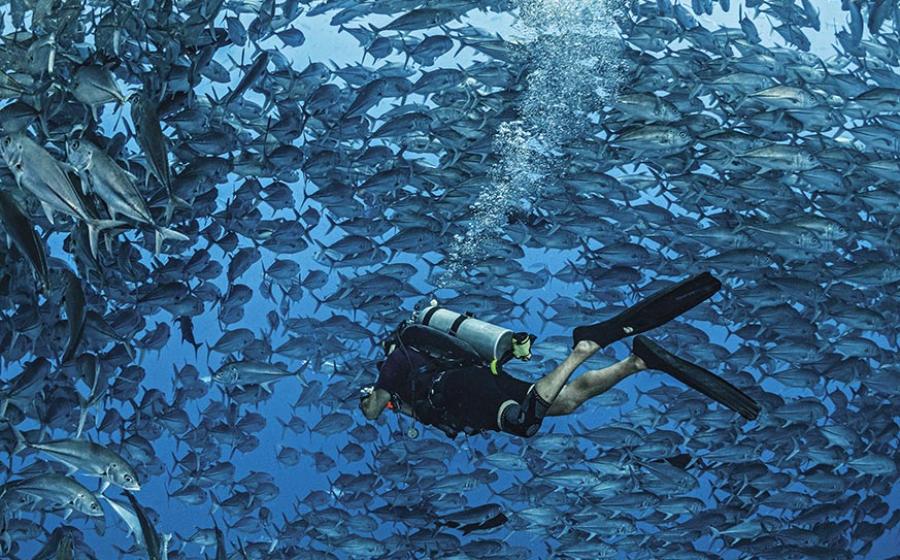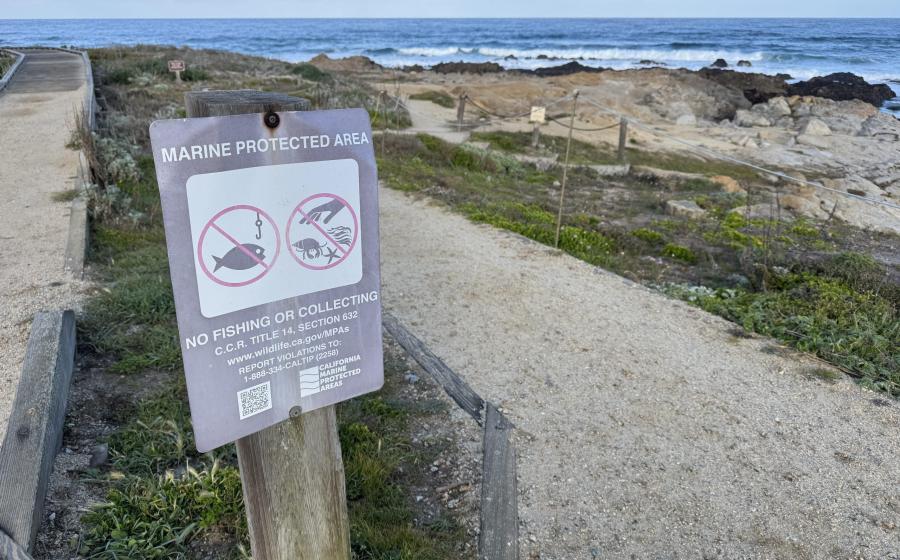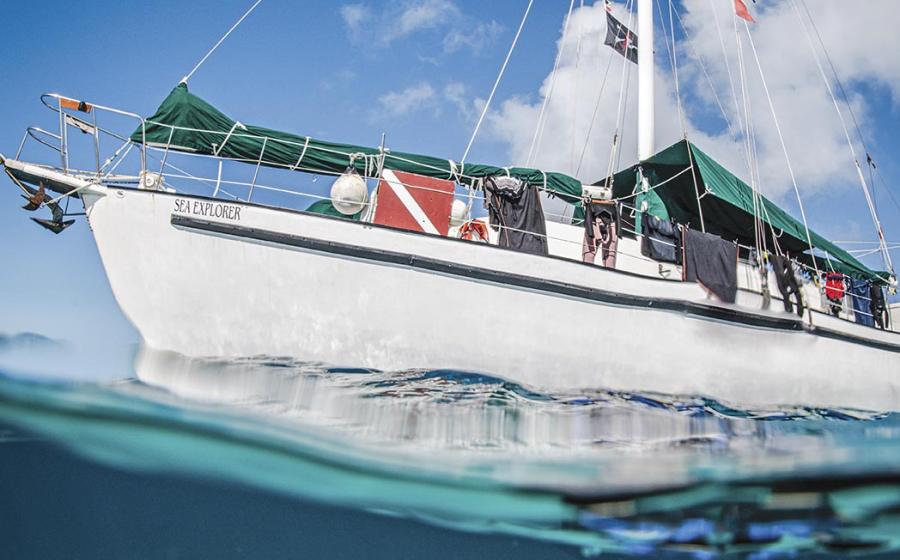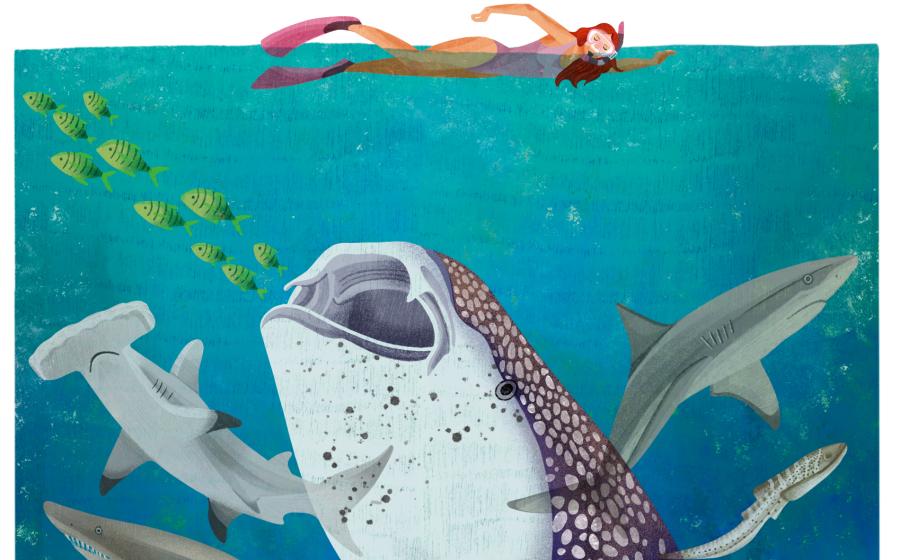How to Photograph Over/Under Split Shots
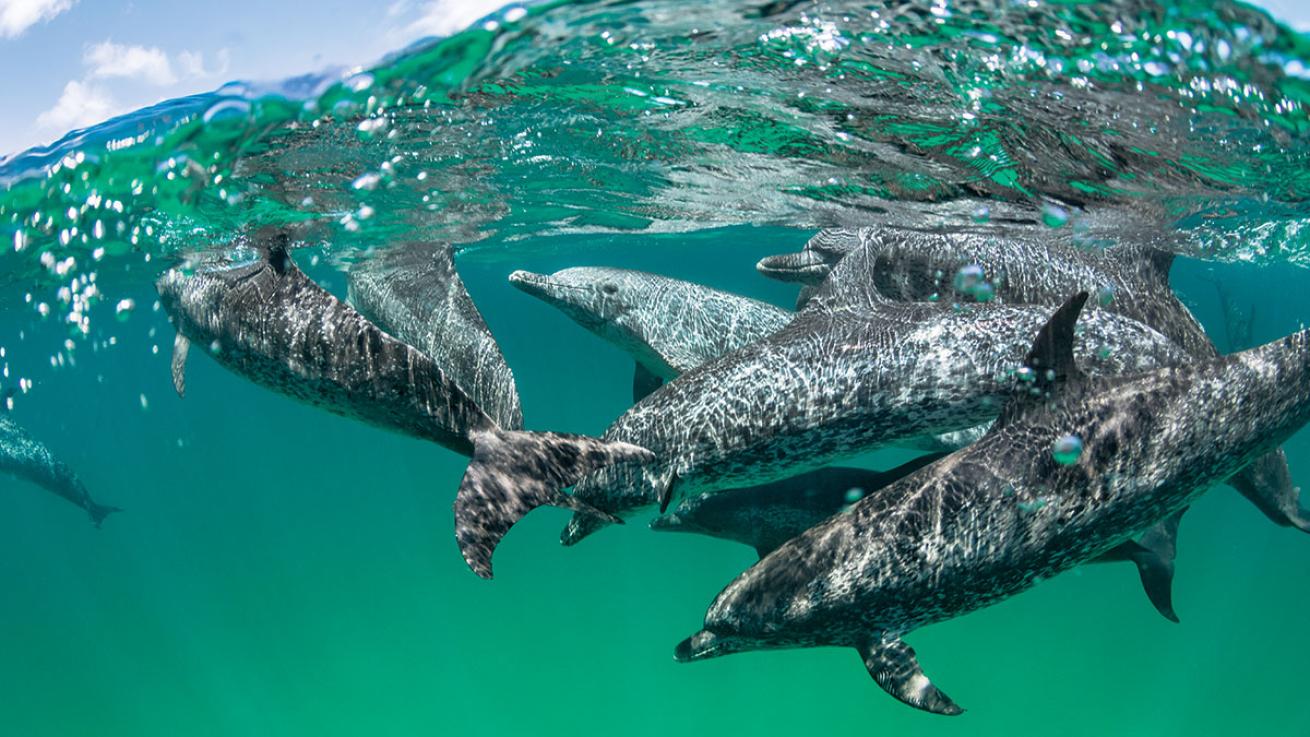
Brent DurandPro underwater photography tips for nailing over/under split shot photos.
The destinations we visit as scuba divers are some of the most beautiful in the world. We dive on incredible reefs, witness unique marine-life behavior, learn about local cultures, and absorb the rhythm of exotic landscapes.
Photographers face the continual challenge of portraying these places in just a few images, and it’s no surprise that over/under images (often called split shots) are a popular way to accomplish this.
The Gear
Over/unders are generally shot using fisheye lenses because the wide field of view includes areas above and below the waterline. Divers with a large lens selection also might opt for a wide-angle or ultra-wide-angle lens in order to minimize distortion. Compact shooters use a wide-angle wet lens to expand the field of view of the native camera lens.
Large dome ports are most commonly used for shooting over/unders. This is because the larger area provides more room for the waterline to roll across the dome while keeping both sides of the scene in the frame, allowing the diver to concentrate on composition.
Strobes and video lights can also be used for creative lighting above, below and/or shining through the waterline.
Settings
Over/under shots usually require deep depth of field in order to keep the entire scene in focus. To achieve this, increase the aperture to a higher number. Start at f/16 with crop sensors, f/18 with full frame, and f/10 with compacts. Shutter speed should be above the 1/160s to minimize blur.
The focus point is another critical consideration. A manual spot-focus setting will allow you to precisely position the focus point on the subject, whether it’s above or below the surface. Manual focus-point control will also provide flexibility for shooting horizontal and portrait orientation.
Shooting Tips
Carefully Compose: The best over/unders have elements of interest both above and below the surface. Above water, this can be as simple as clouds, a boat or palm trees.
Fill the Frame: Over/unders are easily recognized, but a prominent subject will deliver more initial impact for the viewer.
Watch the Water: The waterline wave has the ability to add great energy to the composition, so think carefully about how you would like it to split the scene.


